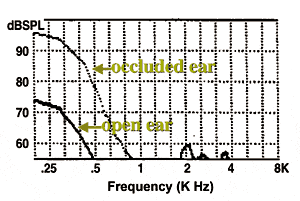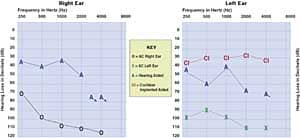Telecoils: The Powerful Assistive Listening Device
While telecoils are certainly useful in telephone applications, limiting their utility to phones is perhaps ignoring these devices’ greatest strengths. According to Ross, the hearing care field is long overdue in rethinking old ideas about recommending telecoils for clients.
Read More







